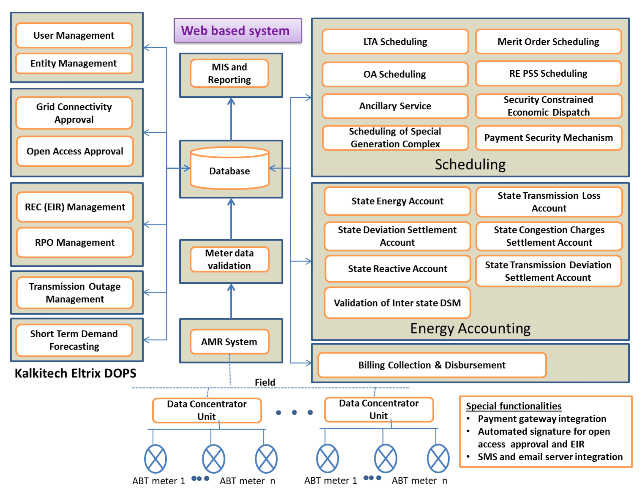This module has provisions to define different entities, units, distribution companies, generation companies, transmission companies, open access customers, CPPs, IPPs etc., with multiple interface
points behaving as one. An entity can have interface with any other entity and/ or with other states. The definition shall be hierarchical and logically inter-related in database also. The definition of such
entities shall include various data attributes i.e. station name, address, installed capacity, type of generator, agreed capacity, standard auxiliary consumption, heat rate etc. whichever is required. It further explains how the entities can interact with the system as users, in the user management
section.

